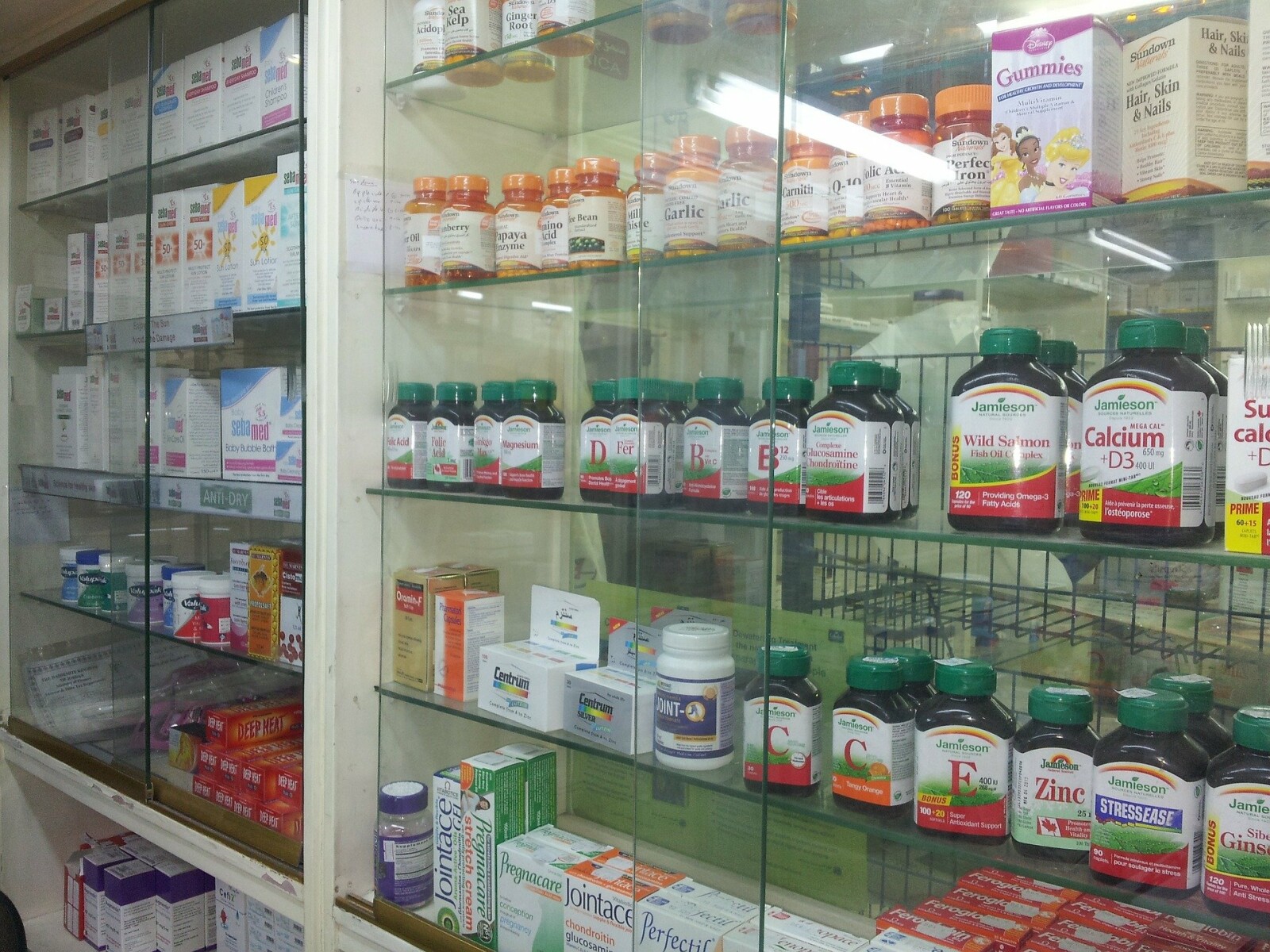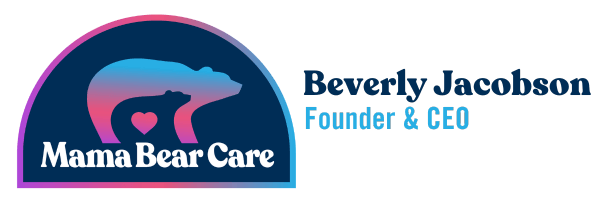
**This post is based on information from my researching friend and health mentor Amanda Uribe and shared with her permission. :-)
In the last blog post, we talked about "modern malnutrition" and the need to supplement our diets, because even if you eat organic foods and avoid most processed foods, our diet still contains only a fraction of the necessary vitamins and minerals our bodies need.
As you may know, vitamins and minerals work hand in hand. For example, we all know we need Vitamin D and calcium, but do you realize Vitamin D is necessary for our bodies to absorb calcium? We also need magnesium in order for calcium to enter our bones.
OK, so what's your point, you ask? We need both vitamins AND minerals, it's true--BUT sadly, many options contain synthetic ingredients instead of whole food sources. What difference does it make? ALL THE DIFFERENCE, my friend!
Whole food vitamins contain essential trace minerals necessary for synergistic operation.
Synthetic vitamins contain NO trace minerals and therefore deplete the body's own mineral resources and in exchange offer only moderate functionality! You are doing more harm than good if you are taking vitamins with synthetic ingredients.
So how are we to know if an ingredient is synthetic or not? Well, honestly, there is no fail safe way to do so. I know, not very comforting. But there are some key words and letters to look for that are sure indicators.
- Words that end in "-ide" or "-ate" indicate product containing salt forms; these are most often synthetics.
- The letters "dl" that appear before the name of an ingredient indicates the supplement is synthetic.
Examples:
synthetic vitamin A: retinyl palmitate
synthetic vitamin E: dl-alpha-tocopherol
Look for the whole food source in the ingredients. If you don't see actual fruits, veggies, fish, or plant life listed there, RUN!
Now…be aware that what you are (or should be) doing is looking for the name on the vitamin or supplement bottle and then researching further. The vitamins CAN sometimes come from a whole food source. But, for example, if the label just states “riboflavin” or “biotin” without listing the source, DO MORE RESEARCH. For example, whole food sources of riboflavin are:
- almonds
- beef liver
- eggs
- lamb
- lentils
- milk
- mushrooms
- quinoa
- spinach
- tahini
- wild salmon
- yogurt
But synthetic riboflavin is made with acetic acid and nitrogen or using genetically modified bacteria and fermentation. It will simply be listed as "riboflavin" without the ingredients showing whole food source.
Same with ascorbic acid: this is often derived from a compound in nature, but then modified in a lab. But it CAN be derived from a whole food source with minimal processing. You’ll need to research the product further to determine if it is a synthetic or whole food derivative.
This is a post to START your questions and research. Labels that list vitamin names and ONLY those names—without listing the whole food source it was derived from—are quite often synthetic.
And listen…if you ARE NOT SURE…I’m just saying…maybe it’s time to switch to Young Living vitamins and supplements! This is what we have done, because we KNOW beyond the shadow of a doubt that we are absolutely using the best products available. Not only are YL vitamins and supplements made with whole food sources, but they also contain essential oils to enhance their bioavailability, allowing our bodies to absorb even more of the needed components!
The information in this post and the previous one are part of a "Dr. Mom" series I've provided for free along with my friend Amanda Uribe in my private wellness community. If you'd like more specific information on vitamins and other natural means of supporting your health, join us!
And if you're looking for other ways to be healthy, check out my free guide, 4 Ways to be Fit for Life!
Love what you're reading? Subscribe here for updates!













0 Comments